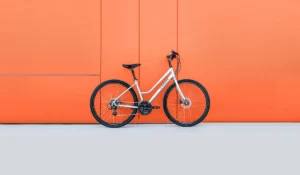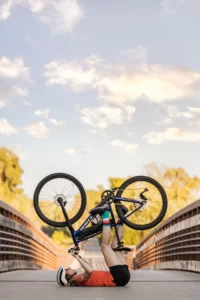Your Ultimate Guide to Buying Your First Bicycle: Pedal Your Way to Fitness and Adventure!
Are you ready to embark on an exciting journey of fitness and fun? Owning your first bicycle is not just about transportation but also a doorway to a world of adventure and boosted well-being. However, with so many options available, choosing the perfect bike can be overwhelming, especially if you’re just starting out. In this article, we’ll walk you through how to buy your first bicycle, ensuring a smooth purchasing process and opening the way for many amazing journeys. So, fasten your helmet, and let’s dive into the world of cycling!
1. Understanding Your Needs
Before making a purchase, it’s vital to identify your riding style and needs. Are you planning to commute to work, go on adventurous mountain trails, engage in fitness cycling, simply enjoy leisurely rides in the neighborhood, or do a mix of all of that? Knowing this information will help narrow down your options, ensure a bike that meets your needs, and guide your decision-making process.
Make sure you follow the steps below to ensure that you make the right choice:
– Determining your cycling goals, whether it’s for commuting, exercise, or recreational purposes
– Assessing your fitness level and comfort preferences to select the appropriate bicycle type
– Identifying the terrain you’ll predominantly be riding on and understanding the ideal bike features for each surface
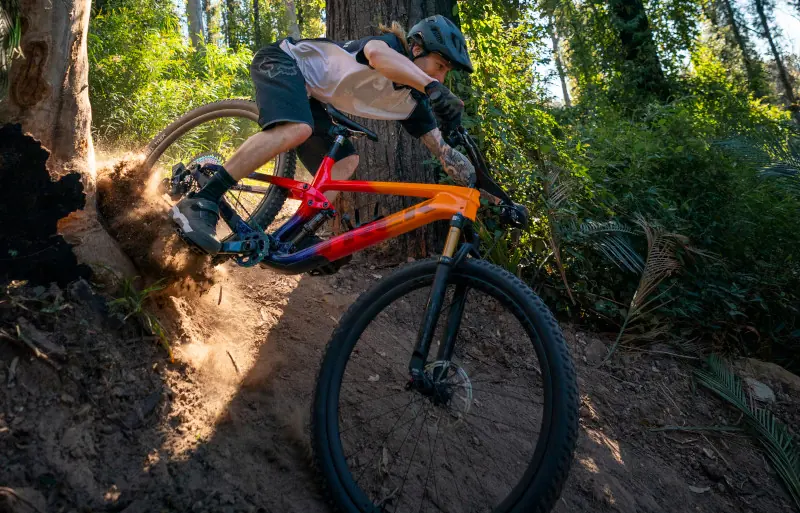
2. Do Your Research
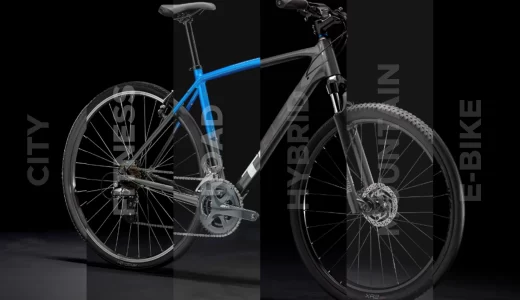
Don’t rush into a purchase without sufficient knowledge. Look into the several kinds of bicycles that are available, such as road bikes, mountain bikes, hybrid bikes, electric bikes, and more. Check out their features, advantages, and limitations, and identify which one best matches your riding style and budget. and choose the one that most closely aligns with your riding goals and tastes.
Here is an example:
- Road Bikes: The epitome of speed for paved roads and enthusiasts.
- Mountain Bikes: Engineered for off-road exploits and rugged terrains.
- Hybrid Bikes: Versatility for a seamless blend of road and light trail adventures.
- City/Commuter Bikes: Practicality meets comfort for urban commuting.
- Fitness Bikes: A harmonious balance of speed and comfort on extended rides.
You can discover more about the differences between bicycle types here.
And remember to
- Unveiling the wide variety of bike types available on the market, from road bikes to mountain bikes, hybrids, and more.
- An in-depth examination of the unique features of every kind of bike and the way it fits your riding goals.
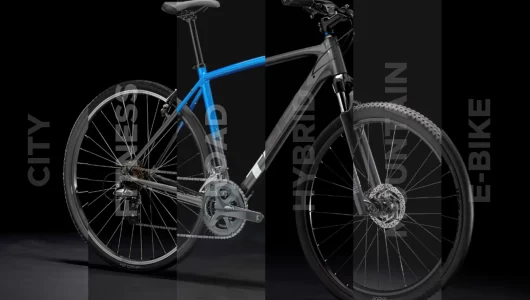
3. Setting a Budget and Quality vs. Price
Bicycles span a wide price range, and setting a budget is a key step in your journey. Consider not just the bike prices itself but also accessories like a helmet, lock, lights, and maintenance tools. Striking a balance that aligns with both your needs and your financial plan ensures a successful and satisfying purchase. Remember, a higher budget often opens doors to better quality and enhanced features, but there are excellent choices within any price range.
So follow these tips.
– Investment in high-quality bikes and accessories.
– Search for a bike that meets your budget and riding style.

4. Consider Frame Materials
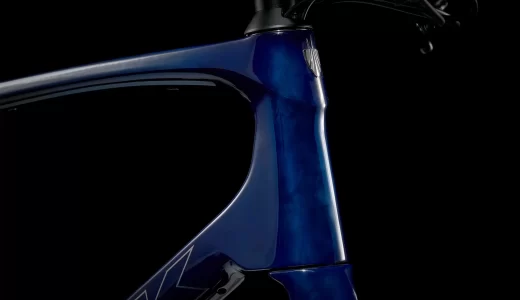
Bicycle frames are crafted from a variety of materials, each offering distinct characteristics. Common choices include:
Aluminum: Aluminum frames are known for their affordability, making them a popular choice among cyclists. They are resistant to corrosion, ensuring durability over time. However, compared to carbon fiber frames, aluminum frames are generally slightly heavier.
The stiffness of aluminum frames is a key characteristic, providing efficient power transfer during rides. It’s worth noting that this stiffness can contribute to a ride that might be perceived as slightly harsher, especially on uneven terrain.
Carbon Fiber: Carbon fiber frames stand out for their remarkable strength-to-weight ratio, contributing to the creation of lightweight frames with exceptional stiffness. This quality makes them a top choice for riders aiming to construct the lightest possible bike.
In addition to their impressive lightness, carbon fiber frames excel at vibration damping. This feature enhances the overall riding experience, making them a preferred option for cyclists undertaking long rides or traversing rough terrain.
Carbon frames are strong, but they are also susceptible to scratches from accidents. However, if damage occurs, repair operations are easier compared to aluminum frames in the event of damage.
It is important to remember that carbon fiber possesses distinctive qualities but is more costly compared to aluminum. Benefits such as lightness, rigidity, and vibration damping often justify the cost for cyclists seeking top-level performance and comfort.
So, choose a material that aligns with your priorities, balancing weight, durability, and budget.
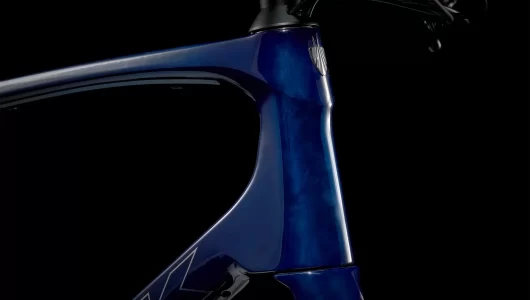
5. The Perfect Fit: Sizing and Geometry
Riding comfort and efficiency depend on selecting the right-sized bike. Refer to manufacturer size charts, considering both the frame size and wheel diameter. If possible, try riding in different sizes to find the most comfortable fit for your body. You can find out more details about bicycle sizes.
And make sure that,
– Finding the ideal bike size and frame geometry for optimal comfort and efficiency.
– Exploring the various bike fitting techniques available: professional bike fitting services or DIY measurement methods, but it isn’t as precise as a professional.
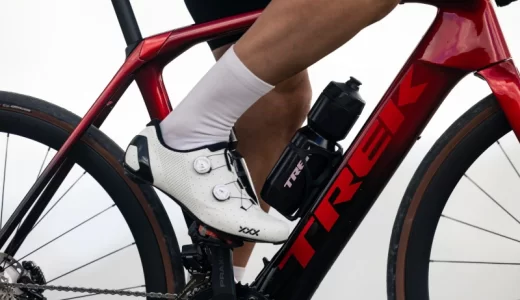
6. Test Ride Several Bikes

Take the important step of testing multiple bikes before making a purchase. This practical experience gives you insightful knowledge about the subtle differences between each model, enabling you to choose wisely depending on your own tastes.
Keep a close eye on how the bike feels overall during the test ride. Examine the saddle and how well it fits your riding style to determine how comfortable it is. Observe the bike’s handling characteristics in various environments to assess how well it performs in actual riding situations.
This comprehensive review enables you to fully understand the bike’s capabilities and makes sure it suits your unique requirements and tastes. Every bike has a unique personality, and the best way to choose the one that best fits your riding style is to take it for a test ride.
It is easier to assess and differentiate between the advantages and disadvantages of each bike when you compare models side by side. The bike trail becomes a key tool in choosing a bicycle that not only meets but exceeds your expectations, regardless of your priorities about speed, agility, or comfort.
You can enjoy the bike trail experience with Wheels service.

7. Verify Essential Features
Finding the right bicycle requires careful consideration of all the important aspects, with the goal of ensuring rider safety and top performance. Examine the following key components:
Brakes:
- Prioritize brakes that are not only responsive but also reliable. Test their effectiveness in various conditions to guarantee your ability to control the bike in diverse situations.
Gearing:
- Tailor the gear system to match your intended terrain and fitness level. A well-suited gear system enhances efficiency, making your cycling experience more enjoyable and manageable.
Tires:
- Pay careful attention to the tires, considering both their width and tread pattern. The width of the tires impacts stability and comfort, while the tread pattern should align with your preferred riding surfaces. Whether you’re navigating smooth roads or tackling off-road trails, choosing the right tires enhances overall performance and grip.
By meticulously verifying these essential features, you not only optimize the bike’s performance but also contribute significantly to your safety on the road or trail. Each component plays a crucial role, and a thoughtful examination ensures that the bicycle is not just a means of transportation but a reliable companion tailored to your specific needs and riding preferences.
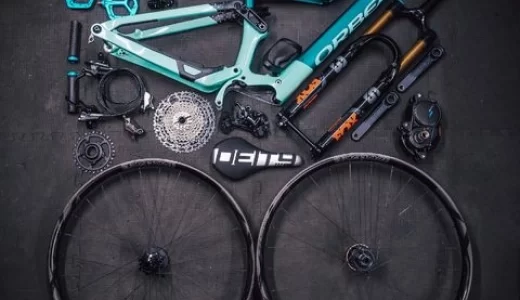
8. Don't Forget Accessories:
When budgeting for your new bicycle, it’s crucial that you don’t forget the importance of accessories. These items, including a helmet, lock, lights, and a water bottle holder, play a pivotal role in ensuring both your safety and the overall enjoyment of your biking experience.
1-Helmet:
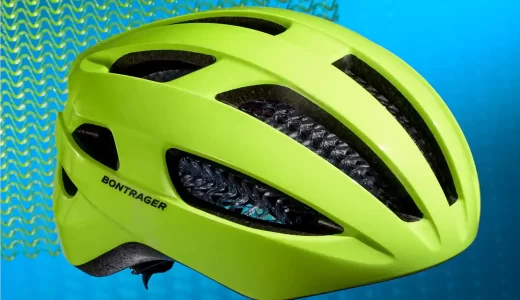
Put safety first by getting a high-quality bike helmet. It’s an essential piece of accessory that increases your overall bike safety and protects your head in the case of an accident.
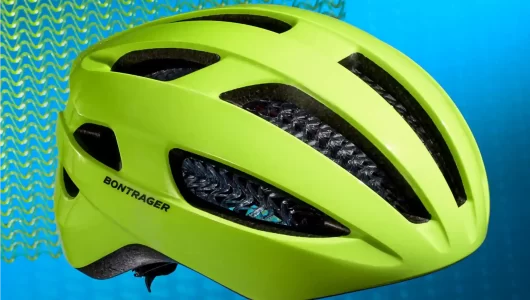
2-Lock:
Make sure your budget includes a strong bike lock to protect your investment. When you have to leave your bike alone, a quality lock gives you piece of mind by securing it.
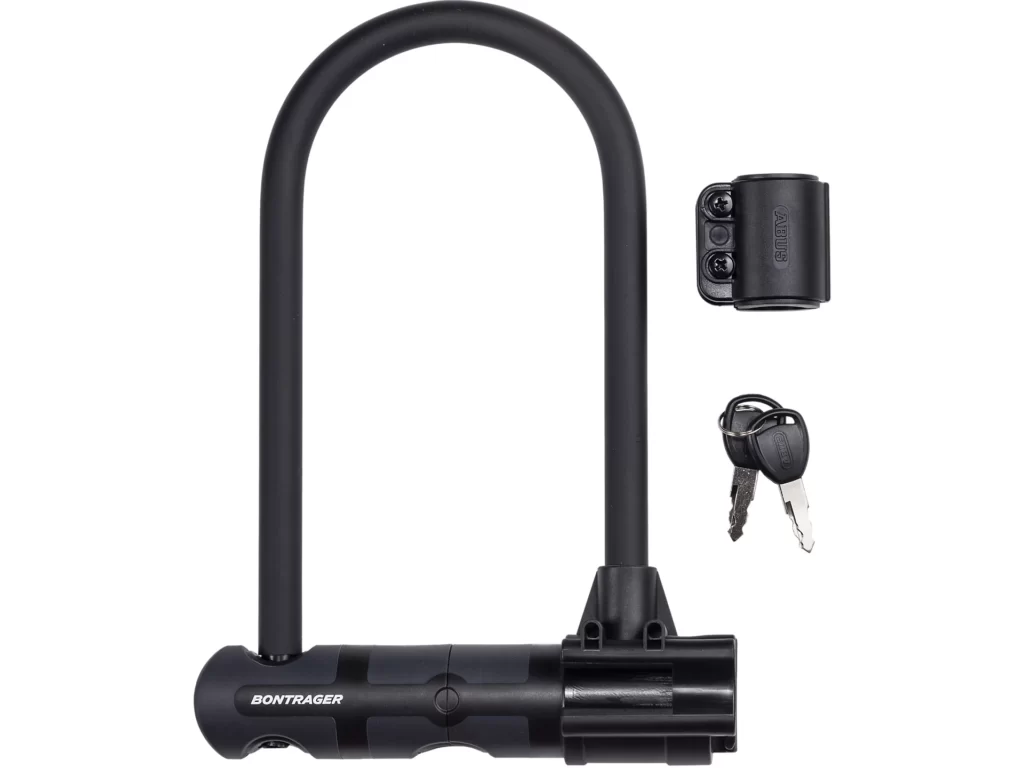
3-Lights:
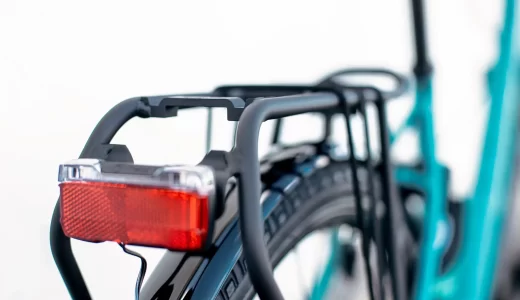
Enhance visibility and illuminate your journey, especially during low-light conditions. Front and rear lights are essential for safety, ensuring you’re seen by others on the road.
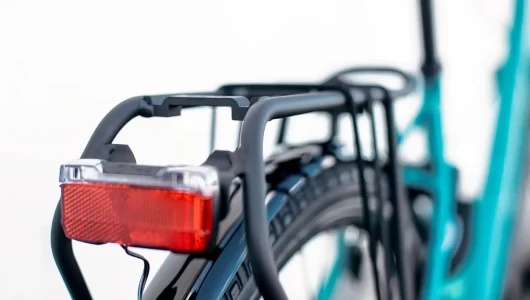
4-Water Bottle Holder :
Use a water bottle holder in your setup to stay hydrated when riding. This little adjustment makes extended cycling rides more comfortable and healthy for you.
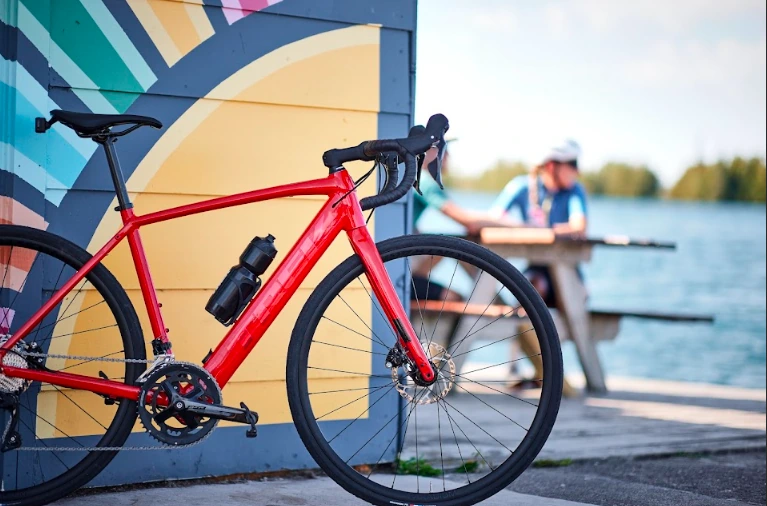
Remember, safety and convenience should be at the forefront of your biking experience. By factoring in these accessories, you not only prioritize your well-being but also enhance the practicality and enjoyment of your rides. Allocate a portion of your budget to these essentials to make the most of your cycling adventures.
Congratulations on taking the first step towards a healthier lifestyle and embracing the joys of cycling!
Taking the decision to buy your first bike is a big step in the direction toward a healthier and more fulfilling lifestyle. Armed with the right knowledge, this milestone becomes an exciting and enjoyable experience.
Remember that your first bicycle is more than just a purchase; it’s a ticket to endless experiences and a healthier you. So while you pick through the options and focus on your riding needs, every cycling adventure may be made more enjoyable with the correct bike, fitting both your budget and your goals.
Now that you have the knowledge gained from this article, you are prepared to handle the exciting process of selecting your first bicycle with confidence. Each piece of advice, from considering essential features to factoring in accessories to getting a bike trail and more tips in this article, contributes to a well-rounded understanding of what makes a bike the perfect companion for your journeys.
When you go on your new journey, remember that each pedal stroke is a step towards greater experiences, better health, and a closer relationship with the environment. Enjoy the pleasure of seeing your surroundings on two wheels, feel the freedom of the wide road, and enjoy the wind in your hair. Your first bike is a spark for a dynamic and energetic lifestyle, not merely a means of transportation. Happy riding!

